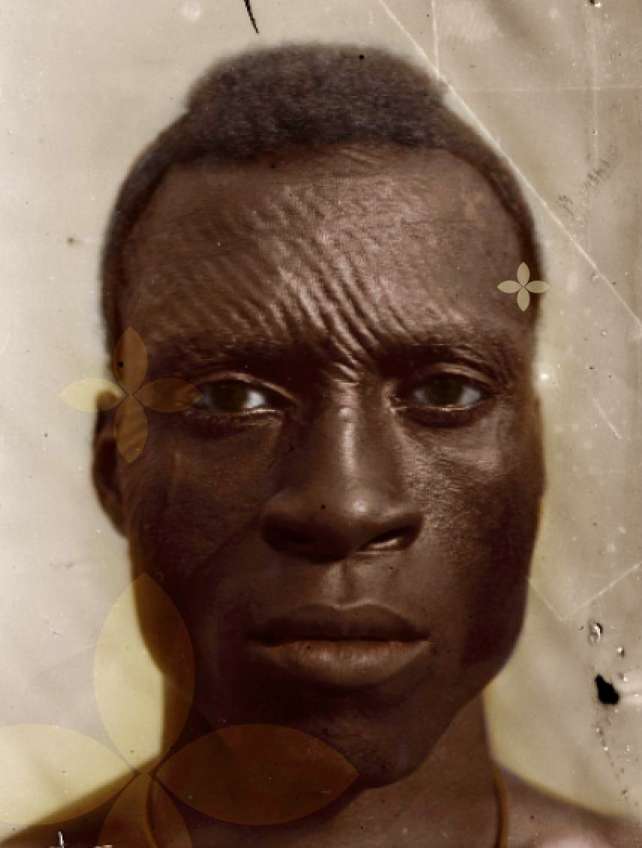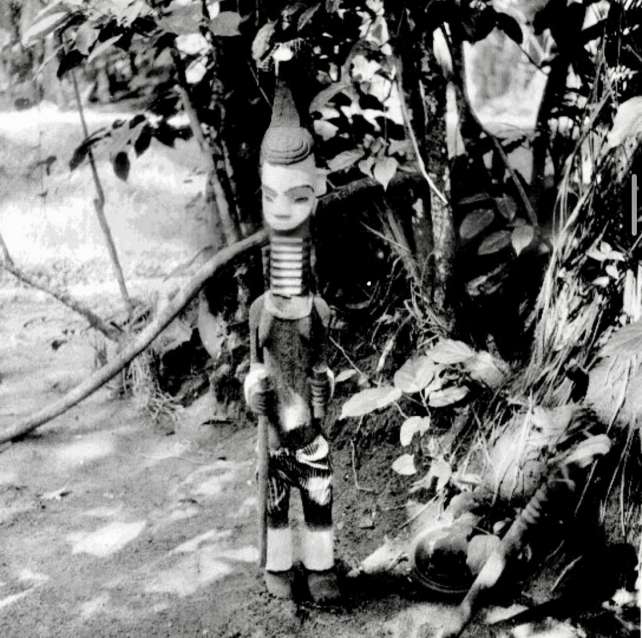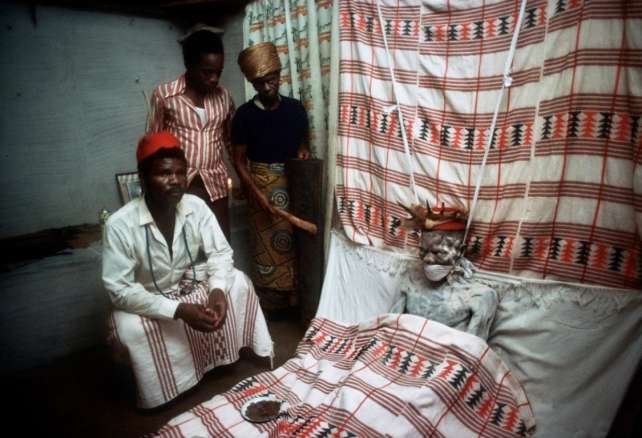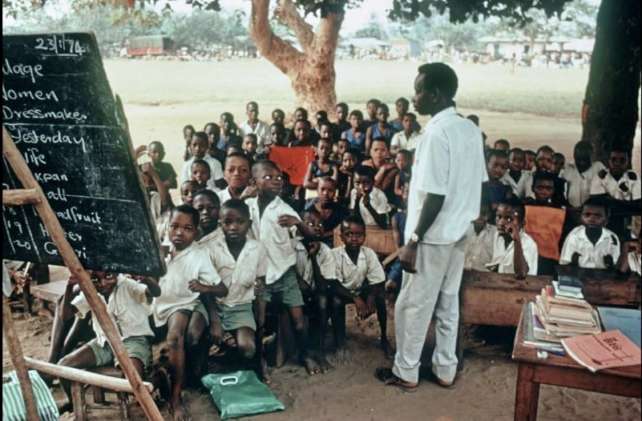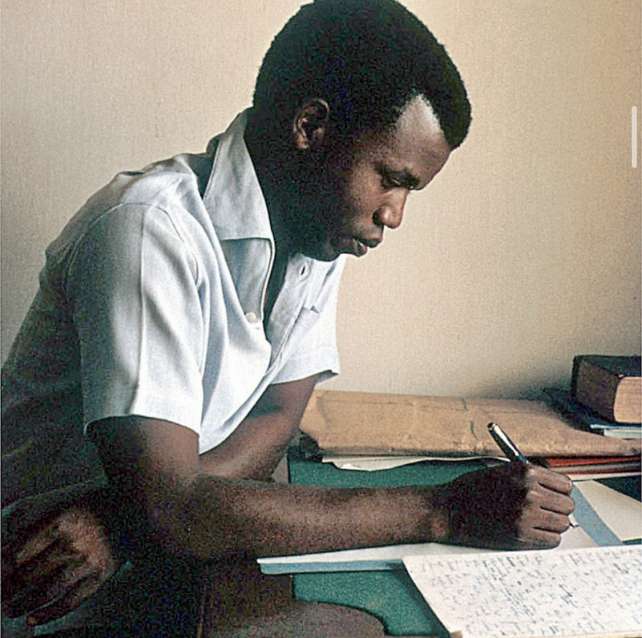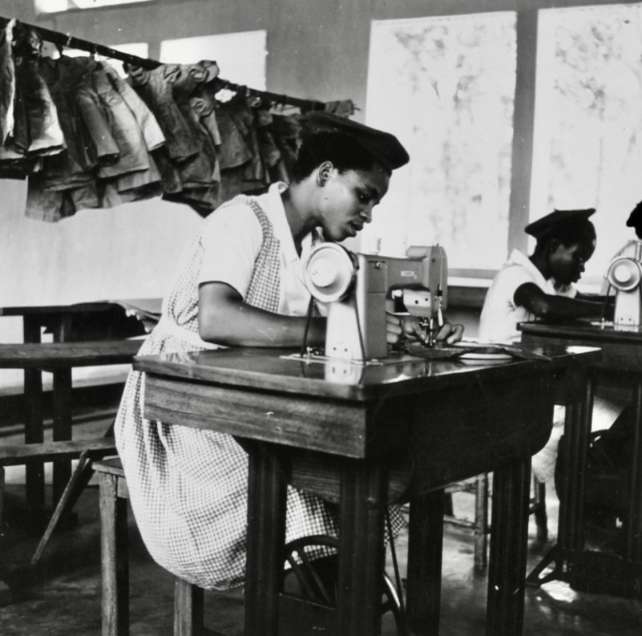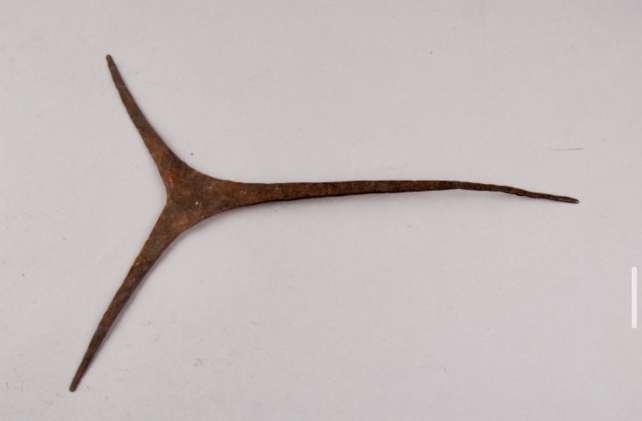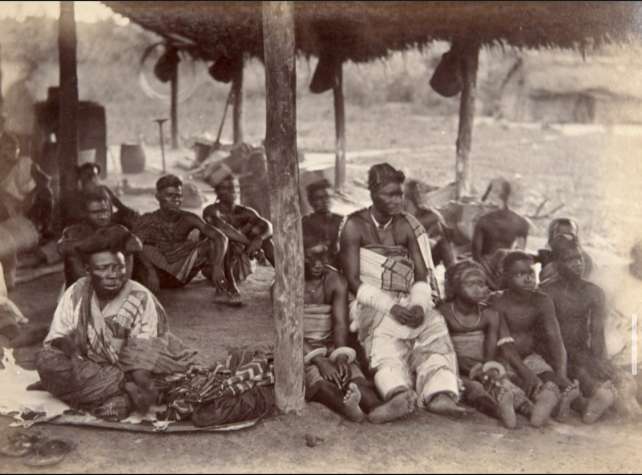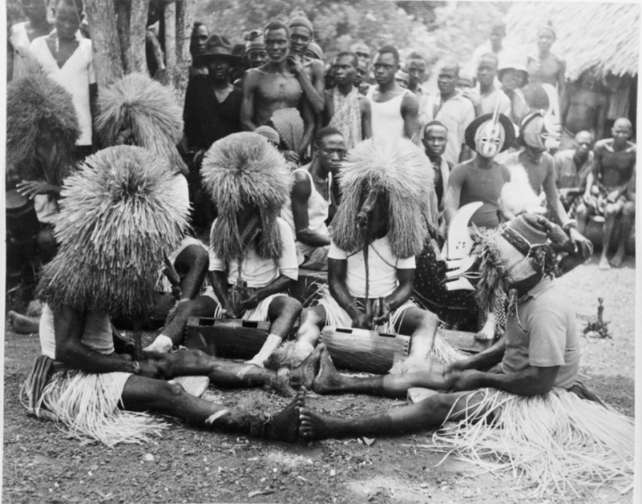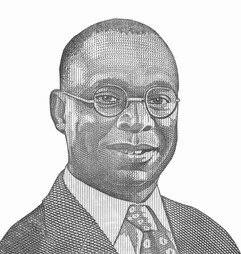An Igbo man photographed by British government anthropologist Northcote Thomas in the 1910s, the markings on his face are known as ichi which is worn by men and young boys as part of initiation into the the Nze na Ozo society, a society originally consisting of priests. The marks were also referred to as ogba…
